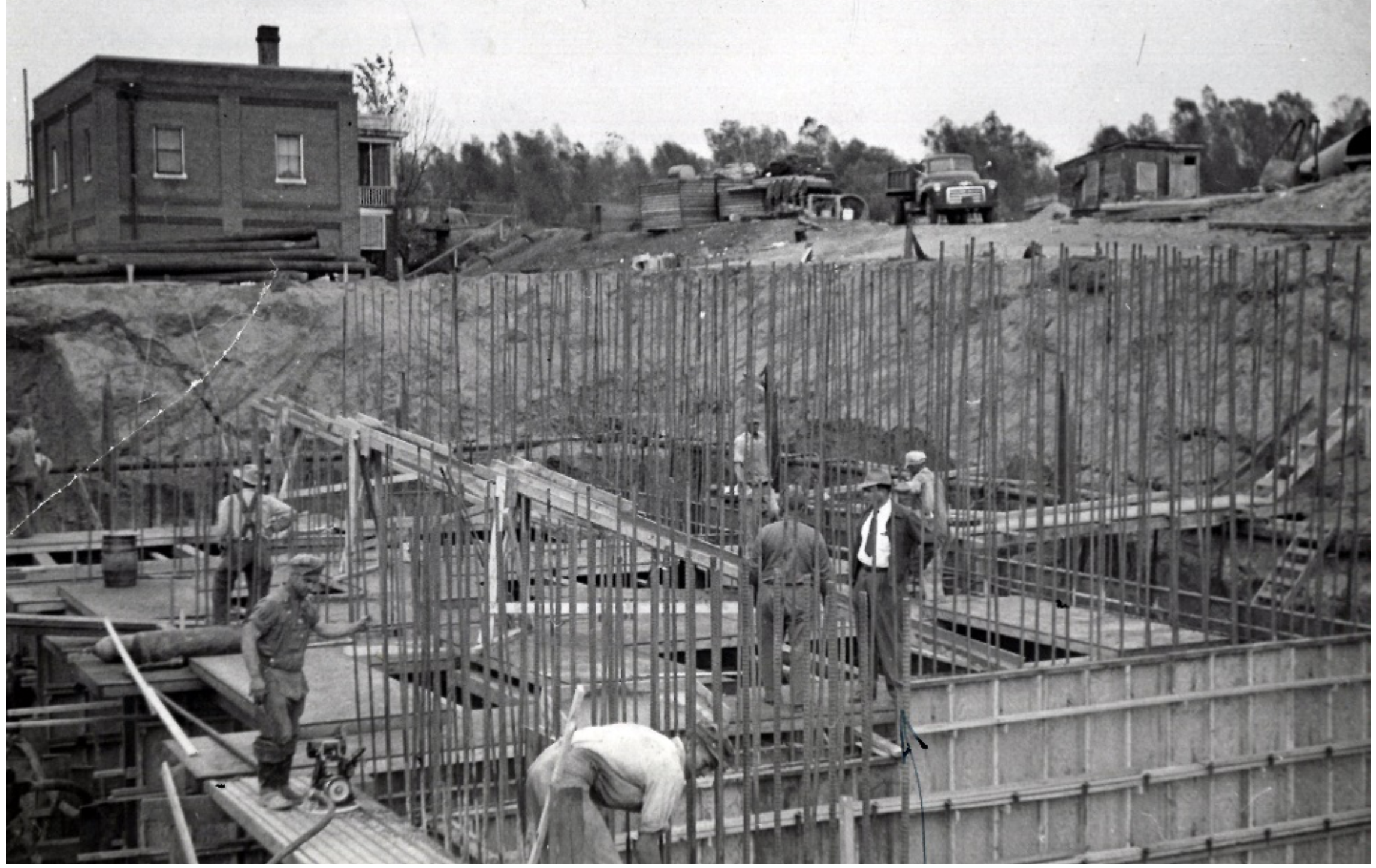Taming the Upper Mississippi, Chapter 4: The early life and career of William H. Klingner

EDITOR’S NOTE: Muddy River News has received permission to reprint reviews and chapters from the book, “Taming the Upper Mississippi: My Turn at Watch, 1935-1999,” written by Janice Petterchak. The book reflects on flood protection, navigation and the environment on the upper Mississippi River through the eyes of Quincy engineer William H. Klingner. You can read the entire series here.
After graduating in civil and agricultural engineering from the University of Missouri in 1935 during the depths of the great depression, William Klingner’s first job was with the Civilian Conservation Corps.
His work with programs of soil conservation, reforestation and flood control along the Mississippi River was noted by an engineering and surveying firm in Quincy. Surveyor Charles C. McCann had just lost his engineering partner, Robert Bushnell, to retirement and asked Klingner to join as a full partner.
Bushnell had been highly regarded as a drainage and levee expert. He was originally hired by the Sny Island Levee Drainage District to help redesign the levees lost to a flood in 1903. Bushnell established his own Quincy firm in 1905, joined later by McCann and then Klingner. The firm became McCann and Klingner in 1936. Many of the levee and drainage district clients dating back to 1905 are still clients of the firm today.
Klingner’s first big project was setting the surveying control for construction of Lock and Dam 21 in Quincy. In addition to navigation projects, Klingner became very involved with the levee systems from St. Louis to Rock Island. Flood fighting became a constant battle, with a major flood on the Illinois River in 1943 and on the Mississippi River in 1944. The 1944 flood exceeded the prior flood of record of 93 years, the flood of 1851.
Klingner became licensed during World War II in the use of dynamite. He was asked by the Corps, when needed, to blow out the low end of levees to reduce the pressure if a district broke too far upstream. Many amazing stories of fighting floods, blowing levees, fighting in front of judges to obtain assessments, fighting to protect pump stations from flood damage and the many challenges of bottom land farming is included in this chapter.
Klingner became the sole owner of the engineering company in 1949, changing the name to W.H. Klingner & Associates. He expanded the services into municipal engineering, including parks, waterworks, sewage treatment, storm and sanitary sewers, highways and subdivisions. His own focus and interest over the years continued to be with drainage, pump stations, and levees.
With a 10-year study by the Corps of Engineers on seepage mitigation completed, as well as ever-increasing floods, Klingner quickly became active in the politics of the Upper Mississippi River.
Miss Clipping Out Stories to Save for Later?
Click the Purchase Story button below to order a print of this story. We will print it for you on matte photo paper to keep forever.
